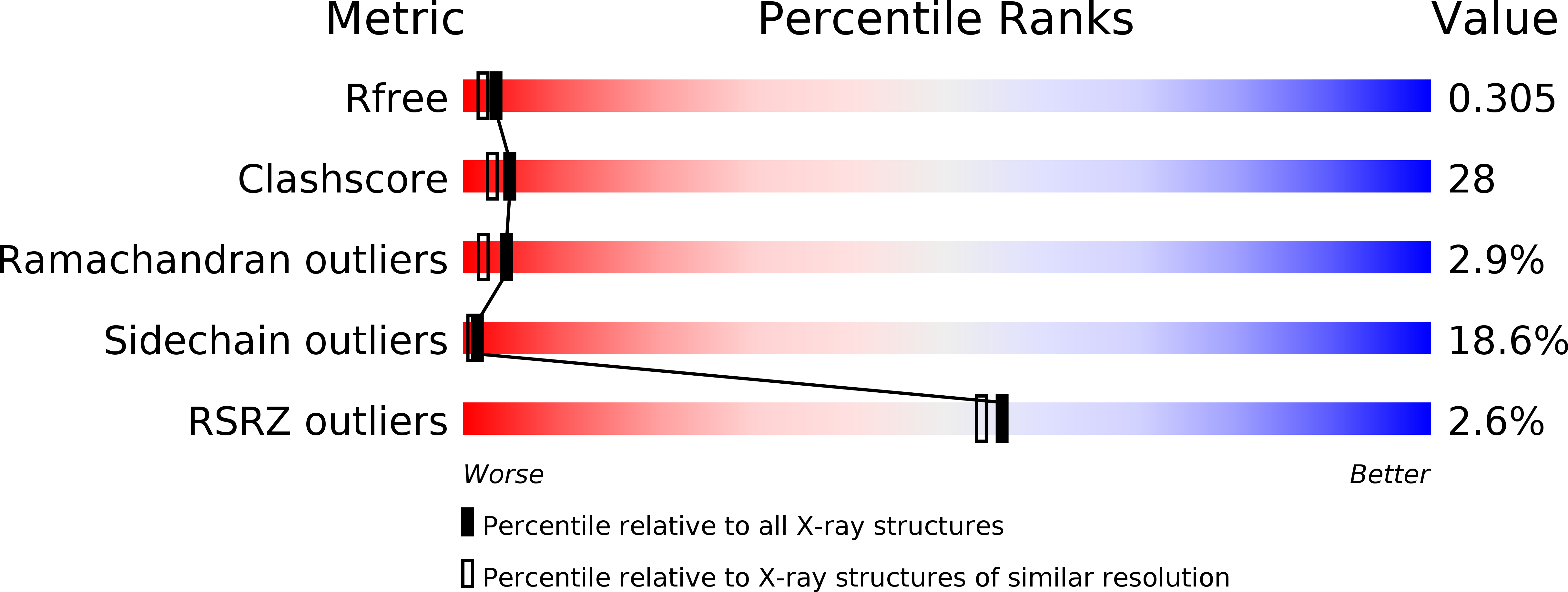
Deposition Date
1999-04-27
Release Date
2000-05-03
Last Version Date
2023-08-09
Method Details:
Experimental Method:
Resolution:
2.20 Å
R-Value Free:
0.29
R-Value Work:
0.23
Space Group:
P 21 21 21


